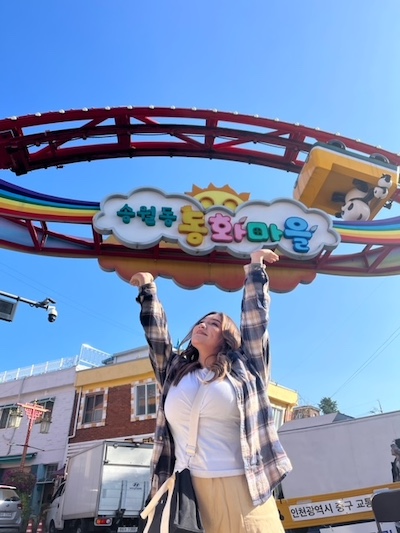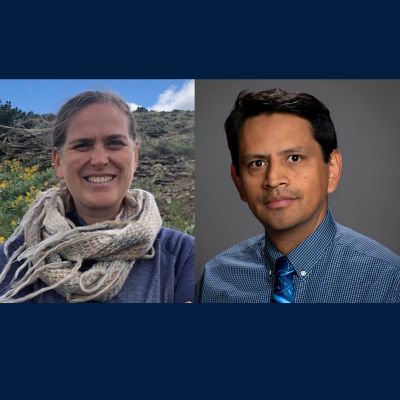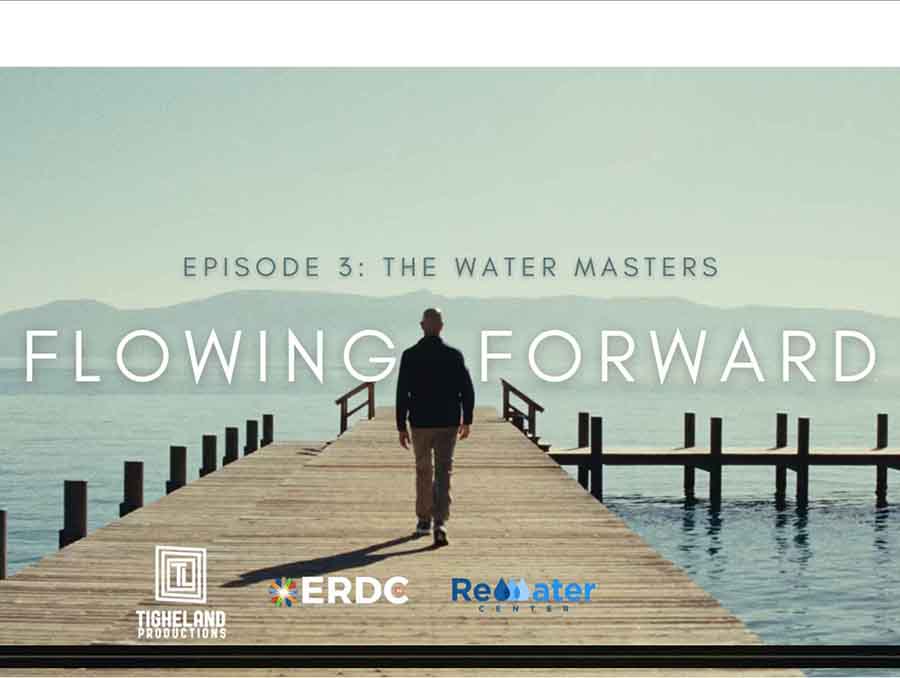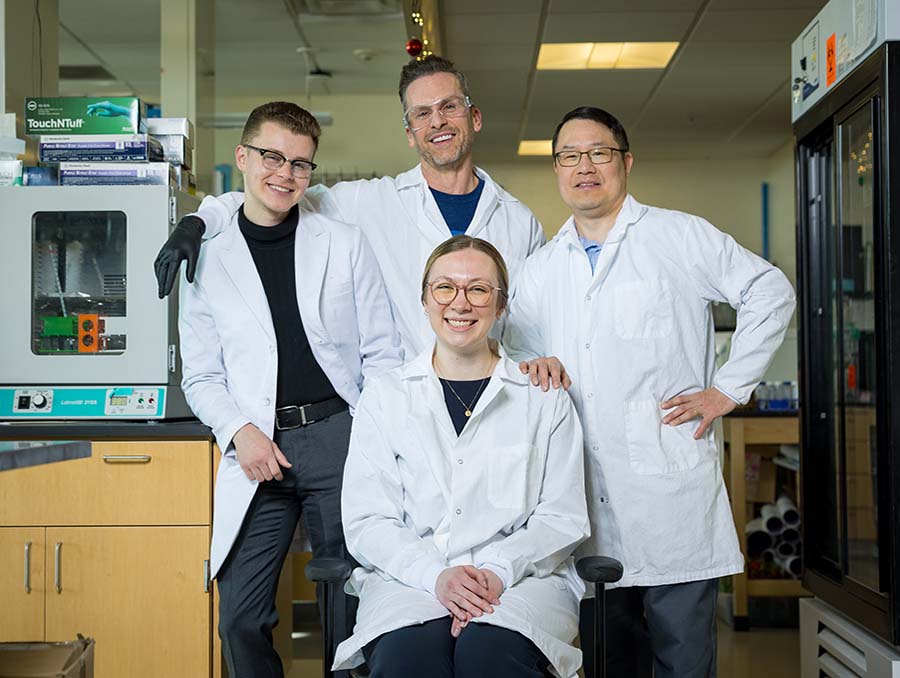What was I getting myself into with black holes and robots?!
Undergraduate researcher Kurt Juarez discusses his experience through an astrophysics and robotics lab
My first semester at the University of Nevada, Reno, I didn’t know what career path or type of research I would find myself a part of. I wasn’t even sure what engineering major I was going to declare. However, getting hands-on experience in a professional setting is something I value, and felt I lacked. After hearing about the Pack Research Experience Program (PREP), I decided to apply.
I was able to join an astrophysics research group led by Dr. Richard Plotkin, which focused on intermediate mass black holes (IMBHs). Although not what I envisioned with regards to engineering, space is a topic that always fascinated me since I was a child. PREP’s mission is to provide introductory hands-on research and professional experience, and I was eager to explore new experiences.
The research topics were graduate level, which made the material very difficult to comprehend. At that stage, for a sophomore in college with zero knowledge on black holes, it took time to become comfortable working hands-on in the lab.
I started learning a software program called Common Astronomy Software Applications (CASA), which involved receiving data from an array of antennas capturing radio emissions from the center of a nearby galaxy. Then I would use CASA to deconvolute the data and produce a cleaned image of the emissions. The goal was to determine if any detected radio emission indicated the formation and accretion of an IMBH, so astrophysicists can better understand how black holes grow to supermassive sizes. Though the learning process was challenging, my mentor Dr. Plotkin and the research group offered help at every step, creating a positive environment overall.
Although my research was not conclusive in discovering an IMBH, its relevant data pivoted the research forward in a new direction. During my time at the lab, I gained knowledge about black hole physics, radio astronomy, technical writing and collaboration in research. Towards the end of my time with PREP, my mentor and I both agreed it would be beneficial for my technical growth to look for other research tailored towards my interests. As enjoyable as it was working in astrophysics research, I sought to pursue research more closely related to my degree.
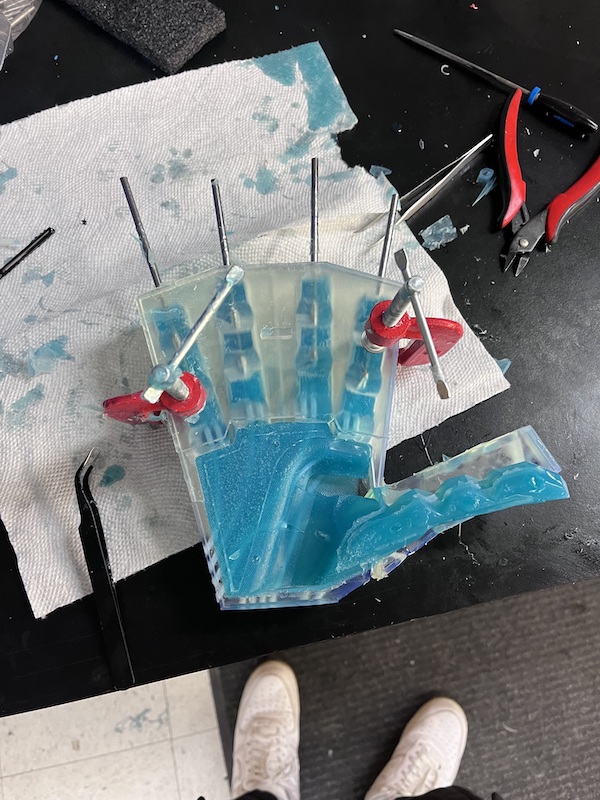
The PREP gave me the necessary experience to join Dr. Jun Zhang’s Smart Robotics Lab in fall 2023. The lab focused on developing a soft robotic hand using an artificial muscle to cause the fingers on the hand to bend and curl. Soft robots excel in surgical, human-robot collaboration and prosthetic applications due to their use of compliant and lightweight materials. As soft robotics, a sub-field of robotics, has been growing, I wished to learn and explore career opportunities tied to the sub-field.
Thanks to my experience from PREP, I was immediately able to begin hands-on work in helping test strength outputs of a soft robotic gripper. In this lab, I learned about coding, circuitry and mechanical design; all great skills to have as a mechanical engineer. The lab was very welcoming and Dr. Zhang was very supportive, encouraging me to apply for a National Aeronautics and Space Administration (NASA) grant.

I was grateful to learn that I received the award and immediately after accepting the grant, I began work on my project, which involves designing a compact version of the forementioned soft robotic hand for applications on Martian rovers. The new design involves a slightly different actuation method to initiate bending and curling in the fingers. The lab primarily uses twisted string actuators (TSAs), which involves a motor twisting two strings to produce a linear contraction, thus causing bending in the fingers. My design will attempt to implement coiling – the over twisting of TSAs – to produce more contraction in a smaller amount of space. Although the work is challenging, I am excited to continue collaborating on the project, and in the future, publish an academic paper about the final design and coiling.
After gaining experience working on a NASA-funded research project, freshman me would be so proud of where I am. Though hesitant to join astrophysics research, the experience has led me to the opportunities I am engaged in now.
To any undergraduates, I highly recommend getting involved in research through PREP. Even if you are not sure of your career goals, hands-on research experience will only be beneficial to your career and yourself.
About the author
Kurt Juarez is an undergraduate researcher pursuing a degree in mechanical engineering with an emphasis on robotics through the College of Engineering. He is an awardee of the Pack Research Experience Program and the Nevada NASA Space Grant Consortium.



